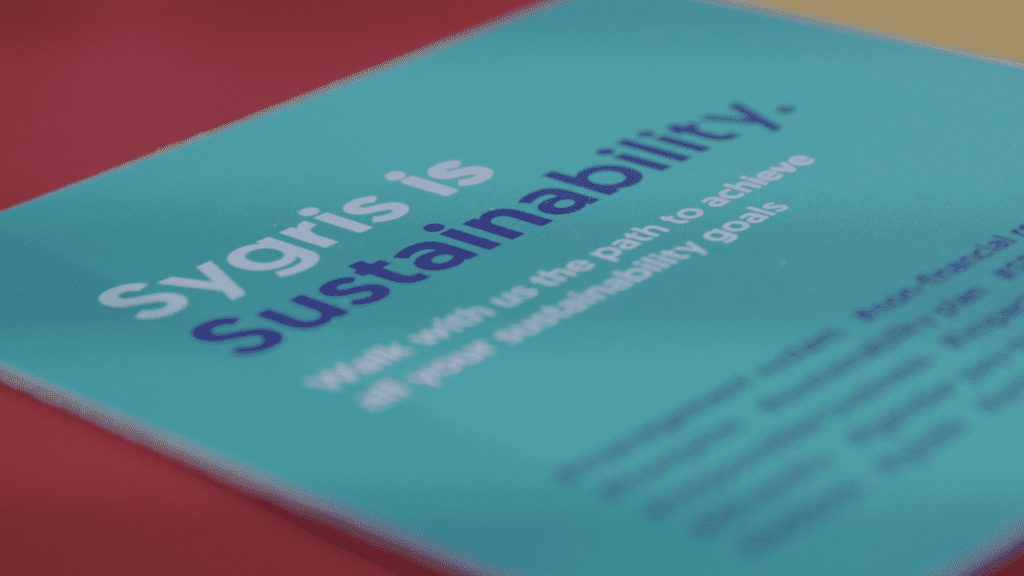Transparency and comparability in sustainability reports are essential for effectively evaluating a company’s sustainability impact and performance. Breaking down the Data Points has therefore become a key factor in complying with the CSRD. But do you know why?
Data Points are a list of specific units of information created by EFRAG, which must be reported according to the ESRS standards, designed to meet the information requirements of the CSRD (Corporate Sustainability Reporting Directive). They represent outcomes or aggregated data that may be composed of several indicators and/or primary data. The already published list of 1,178 Data Points provides a detailed framework to ensure that companies meet sustainability reporting requirements in a consistent and standardised manner.
Responding to this list is a major challenge for companies, as it requires robust processes for managing ESG issues and their reporting. The challenge becomes even greater when considering that many of these Data Points also require the definition of Primary Data. But do you know how Data Points differ from Primary Data?
Difference between data points, indicators, and primary data
-Data points: A Data Point is a specific unit of information defined by EFRAG based on the ESRS and required by the CSRD. These are the elements that companies must include in their sustainability reports to comply with the CSRD. XBRL is used to tag and structure these Data Points, making them easily comparable and accessible.
–Indicators: Indicators are smaller pieces of information that may be needed to calculate a Data Point. They act as individual components, like numerators or denominators in a Data Point formula, or as one of several components required to form the complete Data Point. Indicators quantify and measure specific aspects of sustainability.
–Primary data: Primary Data refers to the basic and detailed information needed to calculate both Indicators and Data Points. These data, such as diesel energy consumption or tonnes of paper waste, are essential for generating accurate Indicators and Data Points.
How technology helps break down the data points
Managing Data Points is just the tip of the iceberg. The next challenge is gathering and responding to the Primary Data. In this scenario, technology plays a crucial role, offering several advantages to help companies break down these Data Points efficiently to meet the CSRD requirements. Thanks to our expertise and knowledge, Sygris has developed two improvements in our reporting tool to facilitate the management of these Data Points.
–Breakdown of data points: With 15 years of experience designing sustainability software, Sygris has developed a complete breakdown of Data Points into Indicators and Primary Data. This approach ensures that even companies with less experience in sustainability reporting can meet legal requirements effectively and accurately.
-Indicator catalogue: As explained, Sygris Reporting offers a comprehensive and detailed catalogue of indicators aligned with ESRS standards. Drawing on our experience and knowledge, Sygris has categorised these by sector, so companies have access to a catalogue of material indicators tailored to their specific activities. Additionally, all the indicators in the Sygris catalogue come pre-tagged with an XBRL tag, eliminating the need for manual tagging of each part of the final report. This approach saves time and ensures greater accuracy in reporting.
–Facilitating comparability and transparency: By using our Sygris Reporting tool, companies can ensure that their sustainability reports are transparent, comparable, and understandable for all stakeholders. This is crucial for investors, regulators, and other interested parties seeking to assess and compare the sustainability performance of different companies.
Effectively managing Data Points is fundamental to improving transparency and comparability in sustainability reports. Sygris Reporting makes this management easier for companies, helping them not only meet regulatory requirements but also ensuring that the information reported is accurate, consistent, and comparable, promoting greater transparency in corporate sustainability performance.


